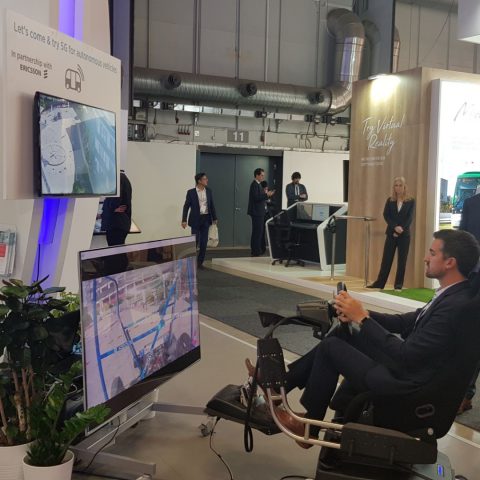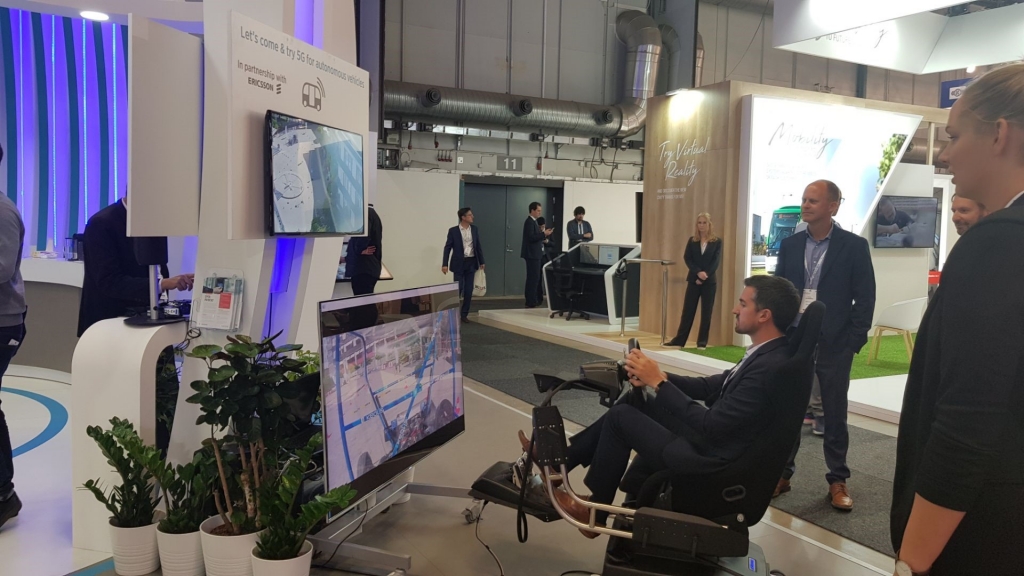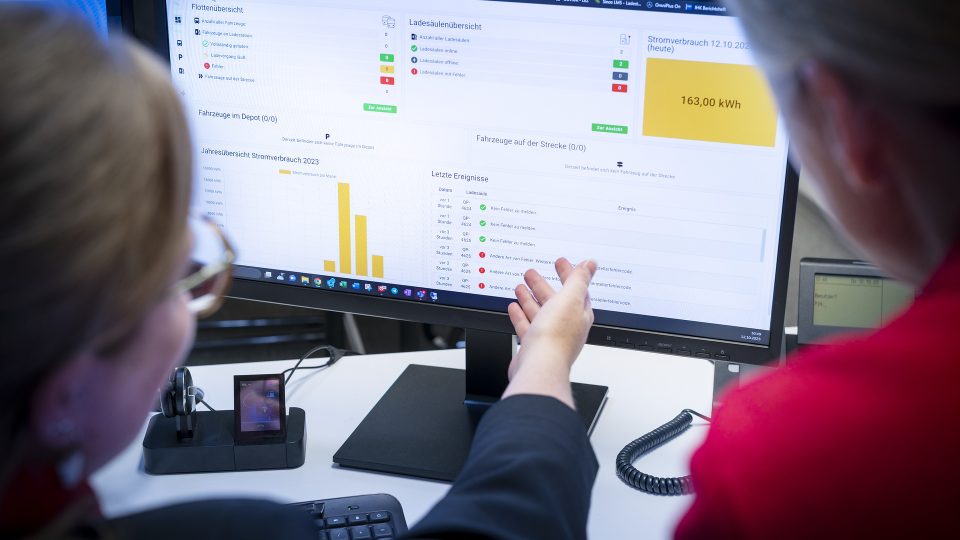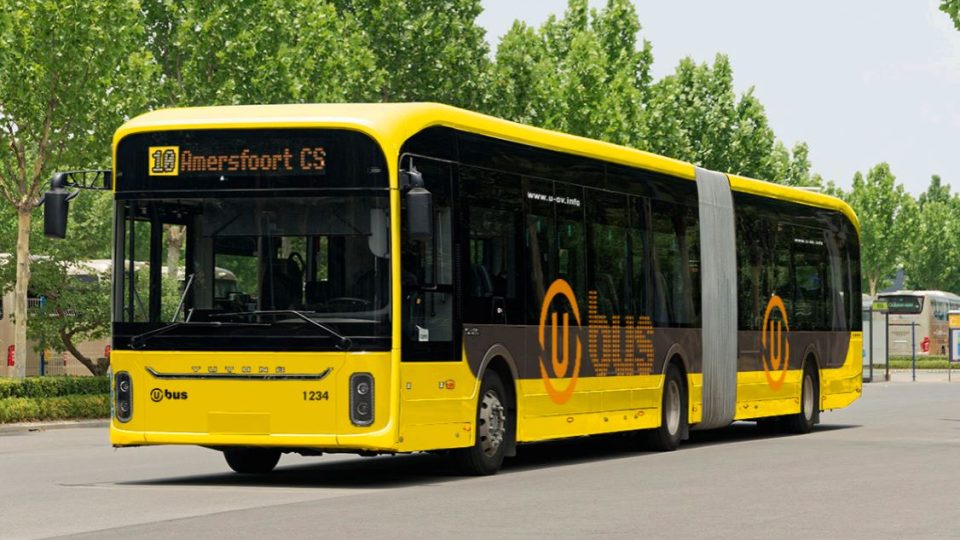Keolis with Ericsson to deploy remote-controlled automous vehicles thanks to 5G
5G technology can be used to control autonomous vehicles remotely. How? It was shown by Keolis and Ericsson during UITP Global Public Transport Summit 2019 in Stockholm. The public transport company is collaborating with Ericsson to use 5G technology to remotely control and supervise autonomous vehicle fleets. The demonstration is part of the ‘Drive Sweden’ Strategic […]

5G technology can be used to control autonomous vehicles remotely. How? It was shown by Keolis and Ericsson during UITP Global Public Transport Summit 2019 in Stockholm.
The public transport company is collaborating with Ericsson to use 5G technology to remotely control and supervise autonomous vehicle fleets. The demonstration is part of the ‘Drive Sweden’ Strategic Innovation Program (SIP) whose members – including Keolis and Ericsson – collaborate in trialling 5G technology with automated vehicles.
Keolis recently launched a new BRT system in Amiens with 43 Irizar ie tram electric buses, and has been given the task of bringing the Orléans Metropole area to a fully electric public transport system.

A real vehicle remote-controlled from UITP Summit
Keolis showcased the technology jointly with Ericsson for the first time at the June 10-12 UITP World Congress held in Stockholm (Sweden), where visitors could remotely test drive a prototype vehicle made by the KTH Royal Institute of Technology. The vehicle was located at the Ericsson headquarters in Kista 15 kilometres from Stockholmsmässan (Stockholm Exhibition Center), where the event is being held.
Remote-controlled vehicle thanks to 5G
5G technology enables high-speed data transmission with very low latency and high reliability, so the vehicle can be controlled at distance and in real time. 5G also improves NTRIP connection, enabling greater precision in the localisation of the vehicle. To guarantee safety, the vehicle features geo-fencing to prevent collision as well as a dedicated IT system for these demonstrations, ensuring very high cybersecurity standards, Keolis points out. A safety driver also remained on board the test vehicle throughout the demonstration.
Keolis, a strong experience on autonomous vehicles
Based on the results of this initial phase, Keolis’ goal is to deploy 5G capabilities widely aboard autonomous electric shuttles. Indeed, in Keolis vision, autonomous vehicles offer a mobility solution that is accessible, environmentally friendly, flexible and cost-efficient. Keolis started trialling autonomous vehicles with its partner Navya in Lyon, France, in September 2016. Since then, Keolis began operating autonomous shuttles in other cities in France including Paris, Rennes and Lille as well as in UK, Australia, Canada, US or Belgium. Since 2016, Keolis has carried transported 160,000 passengers in autonomous vehicles over 70,000 km.







